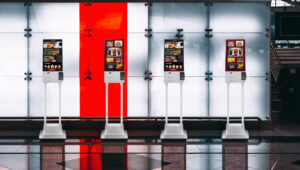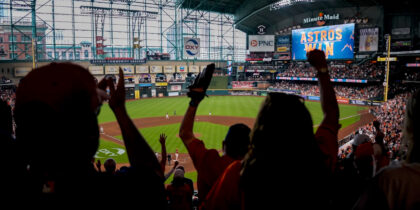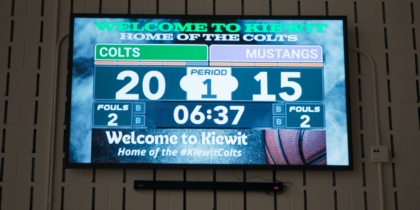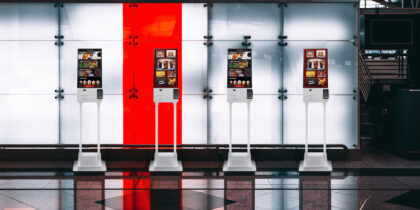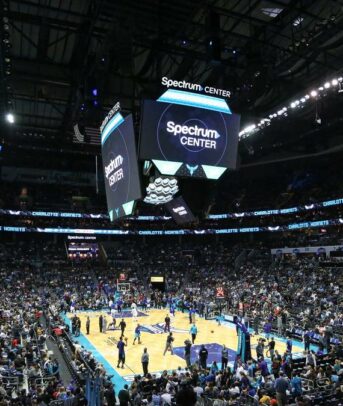Live events have always been hard to replicate: the pulse of the crowd, the heat of the moment, and the 360-degree experience. Where television has tried with varying success to deliver those magical moments into our homes, virtual reality devices are going one step further, by immersing fans into live events.
Once primarily the purview of video gamers, VR is fast emerging as a novel event alternative for those who can’t be there in person, but who still want the full-on entertainment experience. Recent VR productions already show how sports, music and theatrical events can come to life in exciting new ways through creative content and simple, inexpensive headsets.
Musical Moments
The Los Angeles Philharmonic has proven the ability of VR to create contemporary connections to classical music with its “Van Beethoven” project. The group turned a rented van into a traveling orchestra, using Samsung Gear VR headsets to virtually transport music lovers to the concert hall.
The project aimed to make classical music more accessible to area residents, giving them a taste of Beethoven’s Fifth Symphony complete with a light show, crystalline sound and a 360-degree view of the performance. Producers gave VR viewers the ability to shift their gaze, and delivered dynamic audio so that the sound would vary slightly as viewers turned their heads.
In a more contemporary vein, alternative rock band The Gift delivered an innovative VR performance in December in Lisbon, Portugal. Multiple camera angles allowed viewers around the world to watch the show from the front row, or even from up on the stage right alongside the band. The concert showed just how immersive a VR music experience can be.
Center Stage
If virtual reality devices can define a new event experience for the concert-goer, why not also for the theater buff? That’s what Disney Theatrical Productions set out to explore when it announced it would be creating a virtual reality production of “Circle of Life,” the opening number from its Broadway hit “The Lion King.”
It was to some degree a brave experiment. The theatrical world has traditionally been averse to filming events intended to be experienced live. No one knew for sure whether the theatrical experience would in fact translate to a VR moment.
To make the musical number come to life, producers delivered multiple viewing angles, giving viewers the chance to watch the show either from the audience point of view, from the backstage wings, or from the stage itself. The multiple perspectives help to create the sense that one is truly sharing the experience.
While it’s unlikely that VR will replace live Broadway performances any time soon, productions like “Circle of Life” could at the very least have strong promotional value, drawing in potential theater-goers and generating excitement in a way that traditional advertising can’t.
Center Court
Where does America look for its entertainment? Concerts and theater for sure, but there’s an even bigger stage. According to Forbes, professional sports will be a $73.5 billion enterprise by 2019, and virtual reality aims to play a part in the growth of that monumental industry.
Virtual reality devices already have planted a flag in the realm of sporting events. The NBA has made a practice session with a Los Angeles Clippers shooting guard and a thrilling slam dunk experience with the Minnesota Timberwolves available through Samsung Gear. These moments take fans into places they could never go before, bringing viewers literally down to ground level, where they can feel like a part of the action.
VR opens up a new level of access, allowing sports fans to take in the action from courtside seats that otherwise might cost thousands of dollars. It’s no surprise the NBA is experimenting with VR broadcasts, and other major sports leagues won’t be far behind.
Virtual reality is going to dramatically alter the landscape of live events in the coming years — it’s virtually inevitable. The depth and realism of VR will open events up to those who otherwise wouldn’t have access. The ability to see in 360 degrees, to step up close and be a part of the moment — all this will drive participation among a public eager to see, hear and be a part of the most exciting moments in music, theater and sports.
Looking to create a VR dimension for your live event venue? Read these tips on how to create 360-degree content or check out the technology behind VR.



